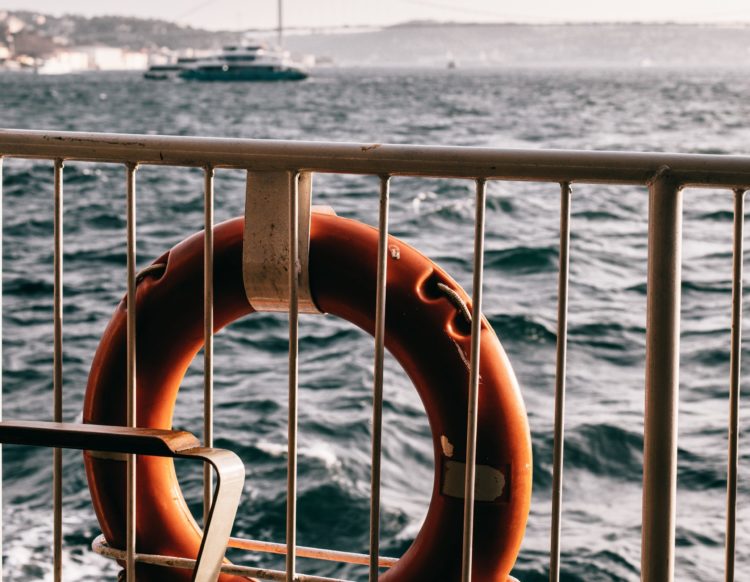OFI FOCI

Future Ocean and Coastal Infrastructures: Designing safe, sustainable and inclusive coastal communities and industries for Atlantic Canada
Context, objectives and scope
The Future Ocean and Coastal Infrastructure (FOCI) project is a large-scale collaborative effort to carry out an innovative, transdisciplinary program focusing on the design of infrastructures essential to the development of safe, sustainable and inclusive ocean industries and coastal communities. The maritime industries face a globally changing climate with increasingly frequent extreme weather events, and is currently undergoing a fast pace of technological and social change. In this context, a critical evaluation of existing technical, societal, and economic infrastructures is warranted, to serve as a basis for developing future-proof technical and organizational solutions to improve safety and sustainability.
This project specifically focuses on the effectiveness of safety interventions in fishing and commercial shipping industries, in a context of operational work and safety management systems (SMS). Safety management systems have been implemented in large segments of the international commercial shipping industry for over two decades, and regulatory initiatives are underway to extend its use to segments of the Canadian fleet. The effectiveness of SMS in improving operational safety has been investigated in aggregate form. However, little is known about how specific features of SMS, or its associated safety activities and interventions, effectively contribute to achieving safe outcomes. This project will approach this issue based on state-of-the-art concepts and theories in safety science, relying on policy documents, guidelines for organizational practice, and stakeholder expertise. The findings will support policy developments and aim to lay a basis for rationalizing best industry practices.
Research questions
- What features of maritime safety management systems (SMS), safety activities, and safety interventions effectively contribute to safety?
- What contextual factors influence this effectiveness, and what are the implications of this for different vessel classes and operational conditions?
